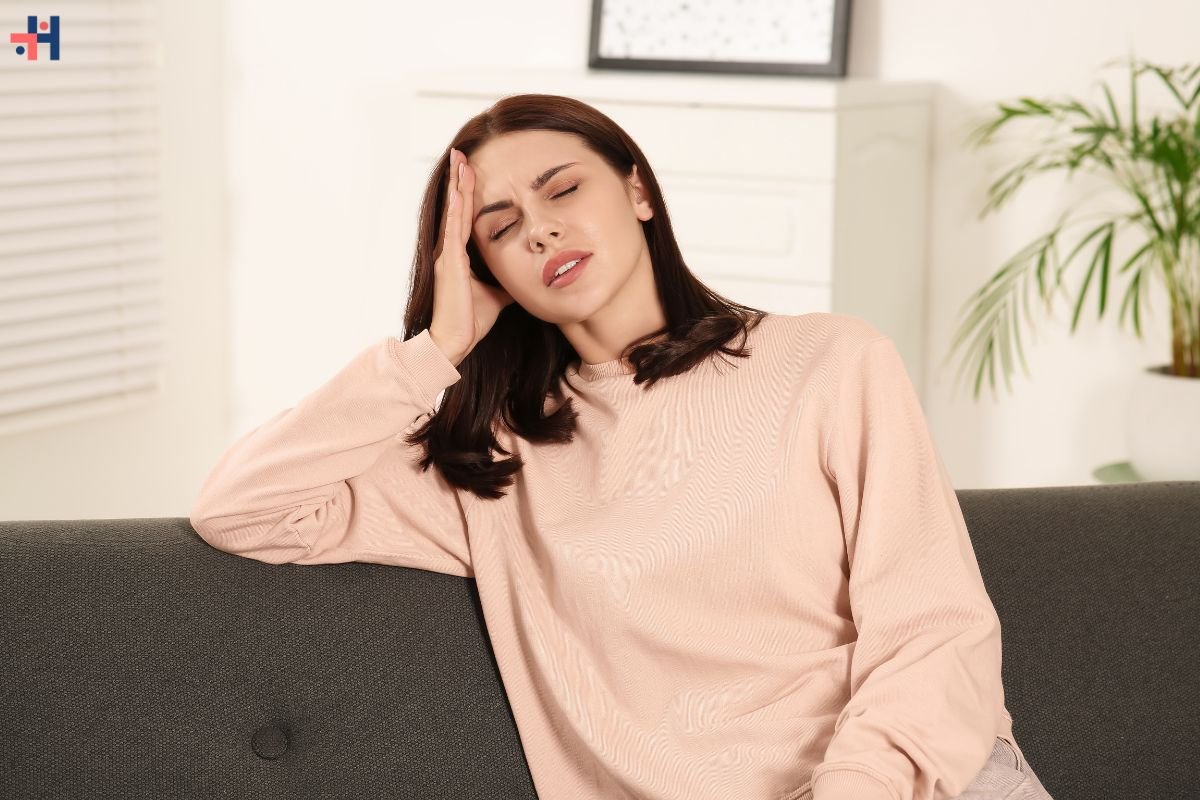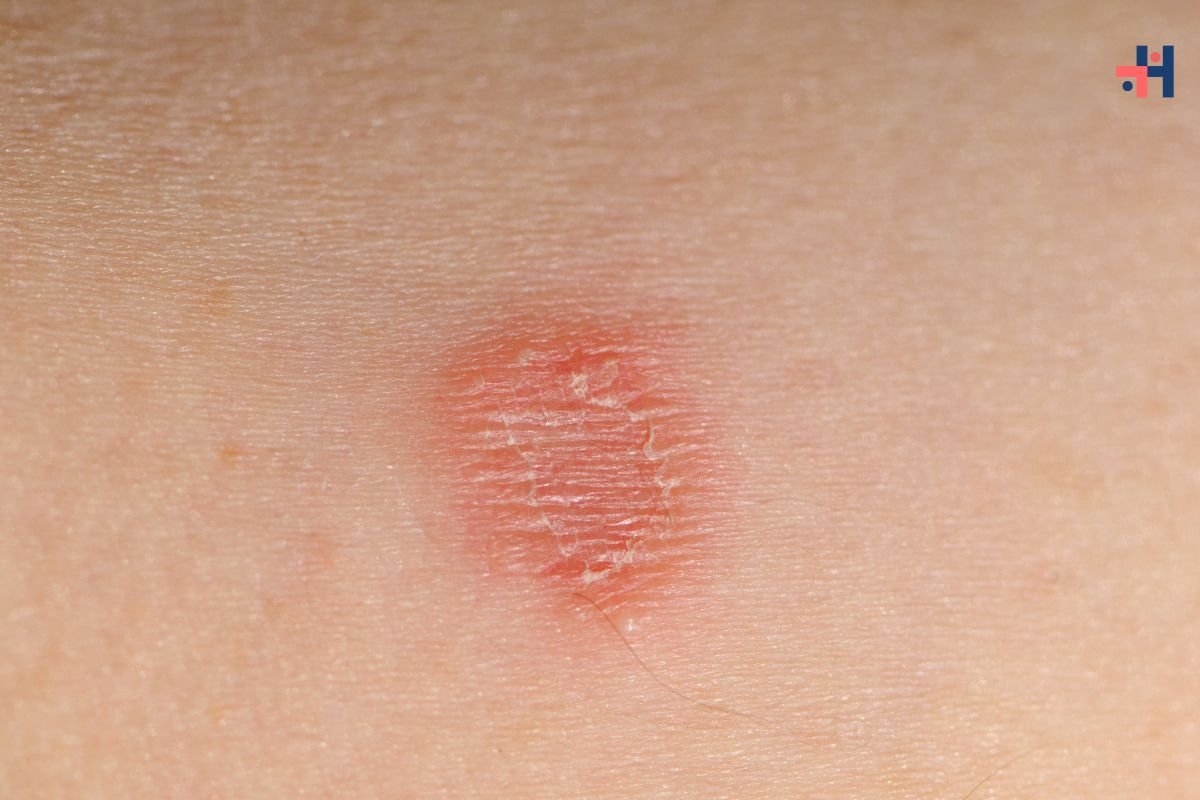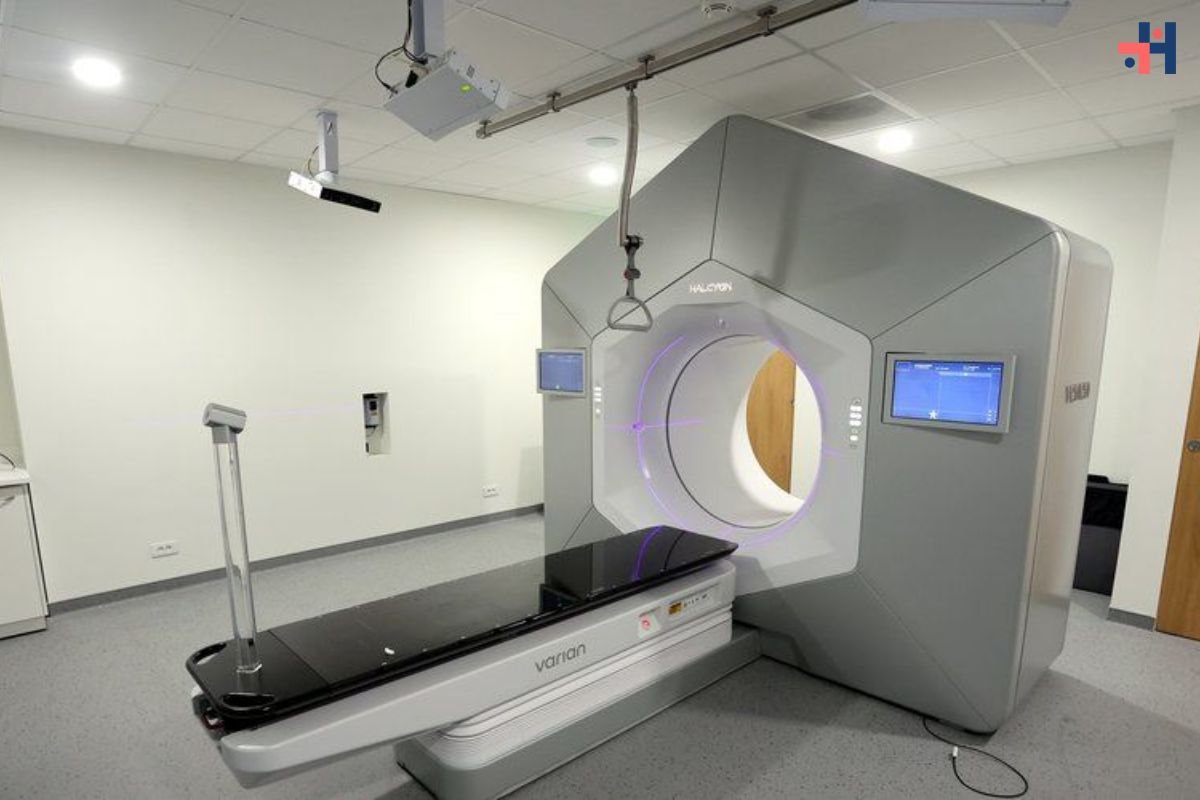Thinning hair is a common concern that affects millions of people worldwide, regardless of age, gender, or ethnicity. While some degree of hair loss is normal, excessive thinning can be distressing and may impact one’s self-esteem and overall well-being. In this blog, we’ll delve into the causes of thinning hair, explore effective treatments, and discuss strategies for managing this condition.
What Causes Thinning Hair?
It can be attributed to various factors, including genetics, hormonal changes, medical conditions, and lifestyle factors. Here are some of the primary causes:

- Genetics: Hereditary hair loss, also known as androgenetic alopecia, is the most common cause of thinning hair. This type of hair loss typically follows a predictable pattern and affects both men and women.
- Hormonal Changes: Hormonal fluctuations, such as those experienced during pregnancy, childbirth, menopause, or thyroid disorders, can contribute to thinning hair. Androgen hormones, specifically dihydrotestosterone (DHT), play a significant role in hair loss.
- Medical Conditions: Certain medical conditions, such as alopecia areata, scalp infections, and autoimmune disorders, can cause thinning hair. Additionally, chronic illnesses, such as cancer and lupus, and medical treatments like chemotherapy can lead to hair loss.
- Nutritional Deficiencies: Inadequate intake of essential nutrients, particularly iron, protein, and vitamins A, D, and E, can affect hair health and contribute to thinning. A balanced diet is essential for maintaining healthy hair growth.
- Stress: Chronic stress can disrupt the hair growth cycle, leading to increased shedding and thinning over time. Stress-induced hair loss, known as telogen effluvium, is often temporary but can exacerbate existing hair thinning.
- Hair Styling Practices: Excessive heat styling, tight hairstyles (such as ponytails and braids), and chemical treatments (like bleaching and perming) can damage the hair shaft and contribute to thinning and breakage.
Effective Treatments

Fortunately, several treatments and interventions can help address thinning hair and promote regrowth. Here are some options to consider:
- Over-the-Counter Medications: Topical minoxidil (Rogaine) is an FDA-approved over-the-counter medication for treating hereditary hair loss. It works by stimulating hair follicles, prolonging the growth phase, and promoting thicker, fuller hair.
- Prescription Medications: Finasteride (Propecia) is an oral medication approved for treating male-pattern baldness. It works by blocking the conversion of testosterone into DHT, thereby reducing hair loss and promoting regrowth. However, it’s not recommended for use by women due to potential side effects.
- Platelet-Rich Plasma (PRP) Therapy: PRP therapy involves injecting a concentrated solution of platelets derived from the patient’s blood into the scalp. These growth factors help stimulate hair follicles, promote circulation, and encourage hair regrowth.
- Low-Level Laser Therapy (LLLT): LLLT devices emit low-level laser light to the scalp, stimulating cellular activity and promoting hair growth. This non-invasive treatment option is often used in conjunction with other therapies for enhanced results.
- Hair Transplantation: Hair transplantation involves surgically removing hair follicles from a donor area (usually the back or sides of the scalp) and transplanting them into thinning or balding areas. This procedure can provide long-lasting, natural-looking results.
- Scalp Micropigmentation (SMP): SMP is a non-invasive cosmetic procedure that uses micro-needles to deposit pigment into the scalp, creating the illusion of thicker hair density. It’s an effective option for camouflaging thinning areas and restoring confidence.
Managing Thinning Hair: Lifestyle Strategies
In addition to medical treatments, adopting healthy lifestyle habits can help manage thinning hair and promote overall hair health. Here are some tips to consider:

- Eat a Balanced Diet: Incorporate nutrient-rich foods into your diet, including lean proteins, fruits, vegetables, whole grains, and healthy fats. Nutrients like biotin, zinc, and omega-3 fatty acids are particularly beneficial for hair growth.
- Practice Stress Management: Engage in stress-reducing activities such as meditation, yoga, deep breathing exercises, or spending time in nature. Prioritizing self-care and relaxation can help minimize stress-related hair loss.
- Avoid Harsh Styling Practices: Limit the use of heat styling tools and opt for gentle hair care products formulated for thinning hair. Avoid tight hairstyles that pull on the hair shaft and contribute to breakage.
- Protect Your Scalp: Wear sunscreen or a hat when exposed to the sun to prevent sunburn on the scalp, which can damage hair follicles and exacerbate thinning.
- Stay Hydrated: Drink an adequate amount of water daily to keep your scalp and hair hydrated. Dehydration can affect hair growth and contribute to dry, brittle strands.
- Get Regular Exercise: Regular physical activity promotes circulation and blood flow to the scalp, delivering essential nutrients to hair follicles and supporting healthy hair growth.
Conclusion:
Thinning hair can be a challenging condition to manage, but with the right approach, it’s possible to address the underlying causes and promote regrowth. Whether you opt for medical treatments, lifestyle interventions, or a combination of both, remember that patience and consistency are key. Consult with a dermatologist or hair loss specialist to develop a personalized treatment plan tailored to your unique needs and goals. By taking proactive steps to care for your hair and scalp, you can restore confidence and embrace a healthier, fuller-looking mane.










